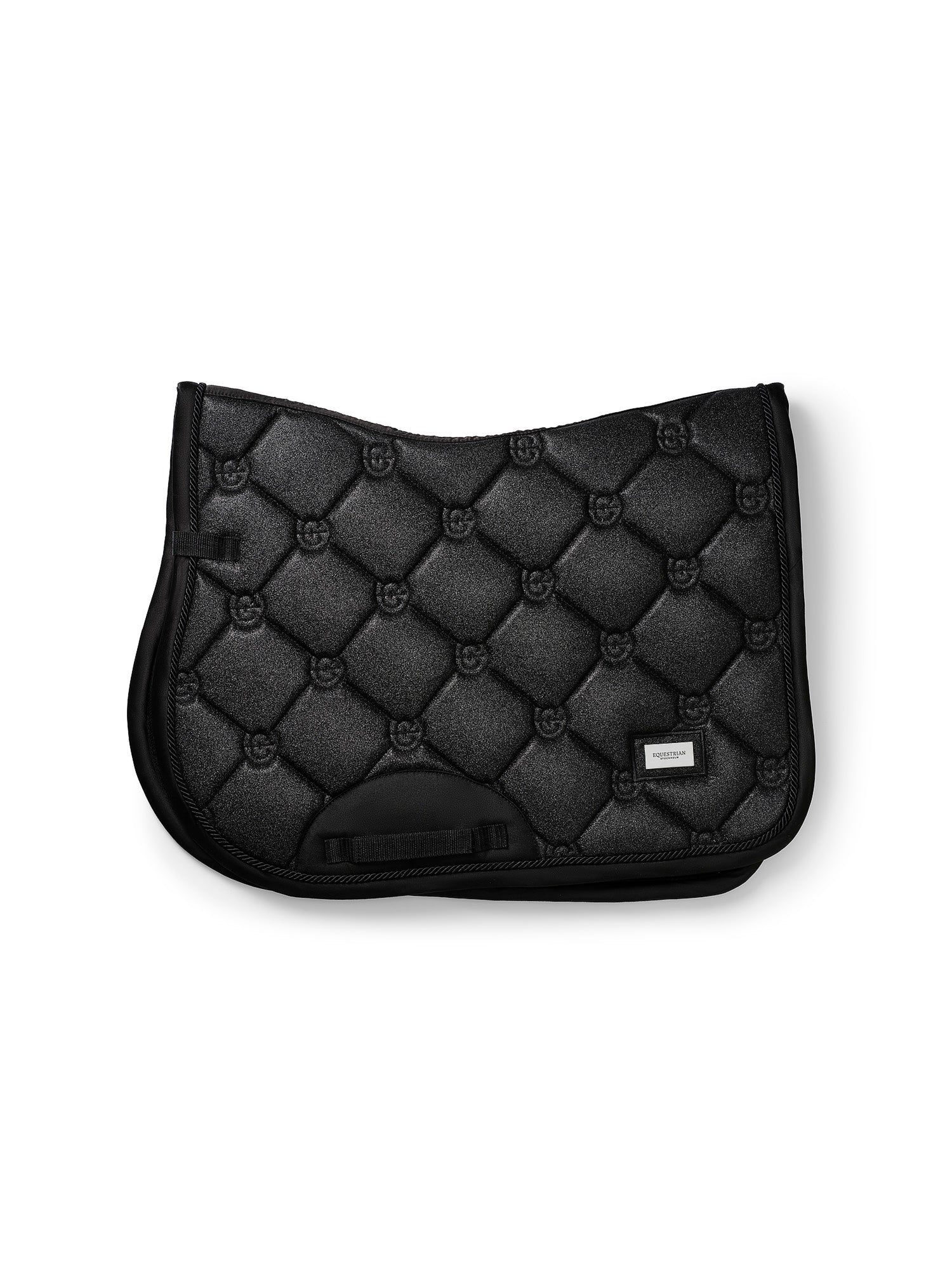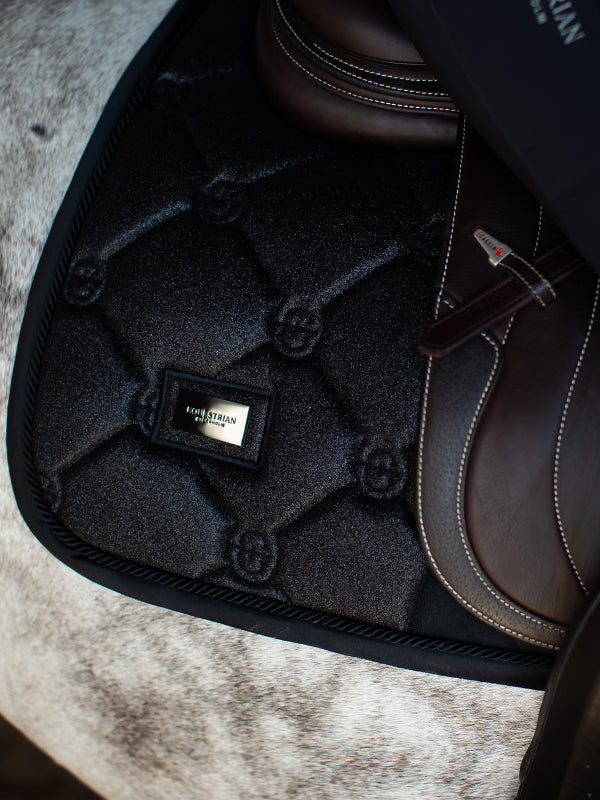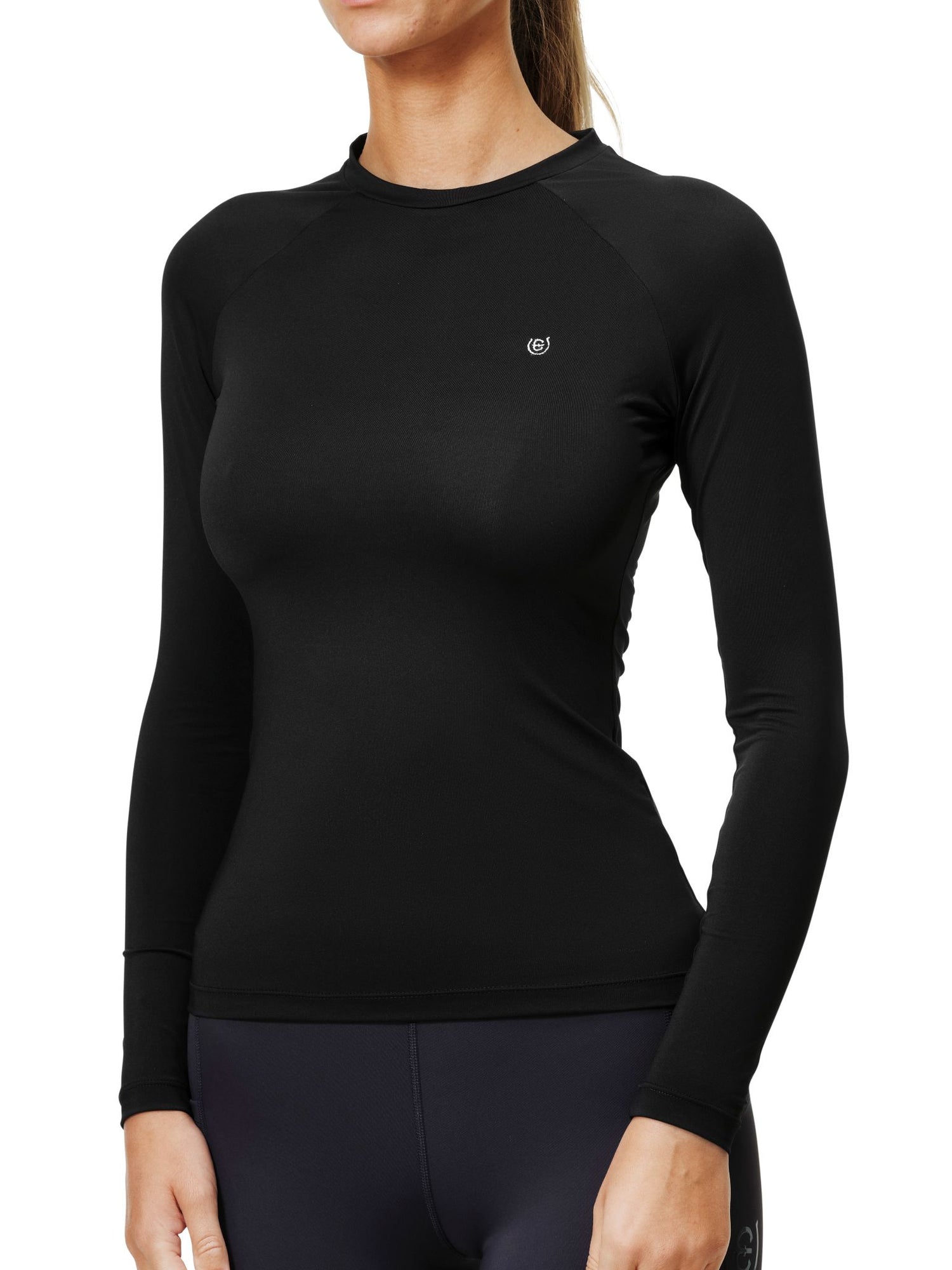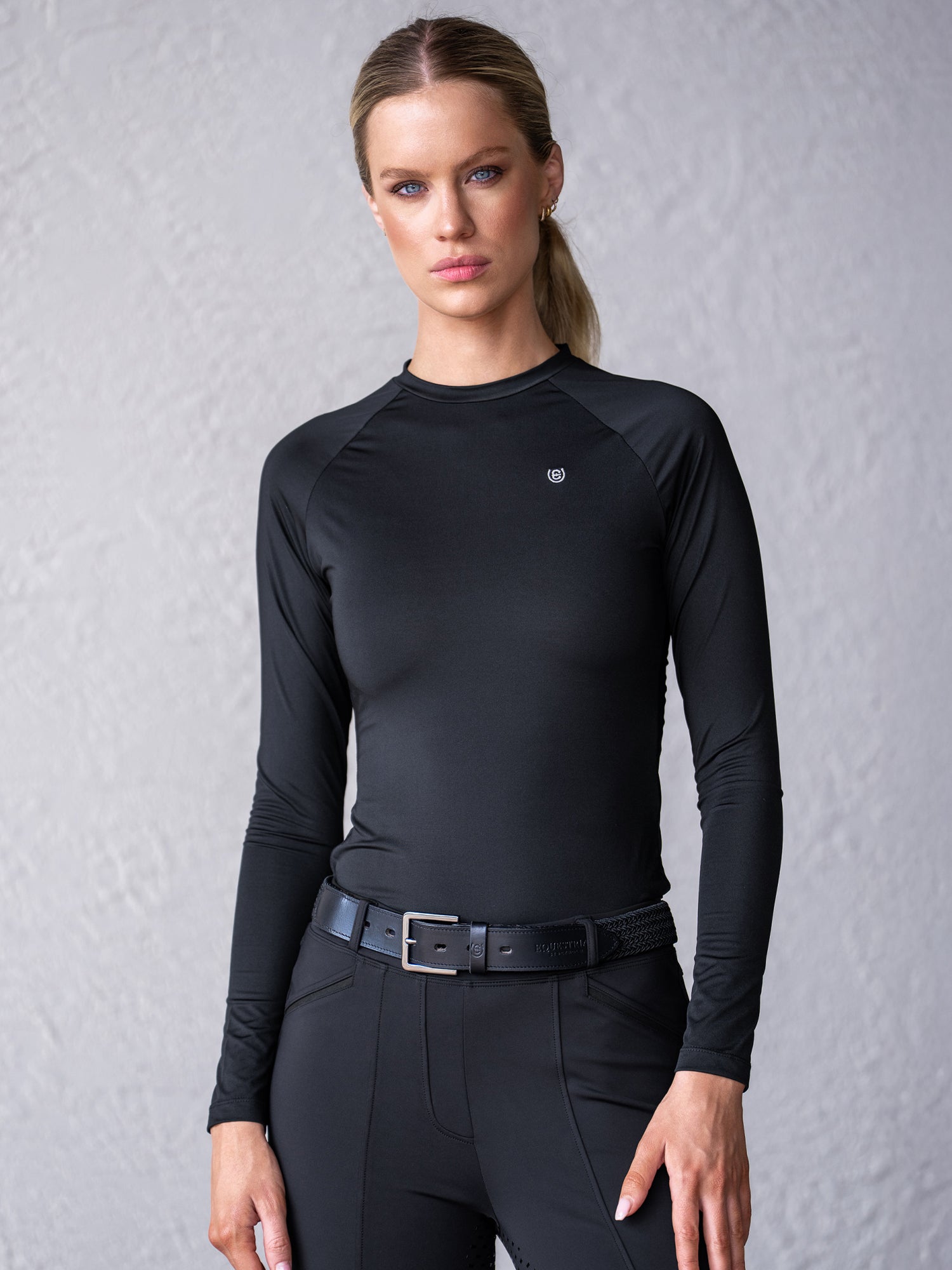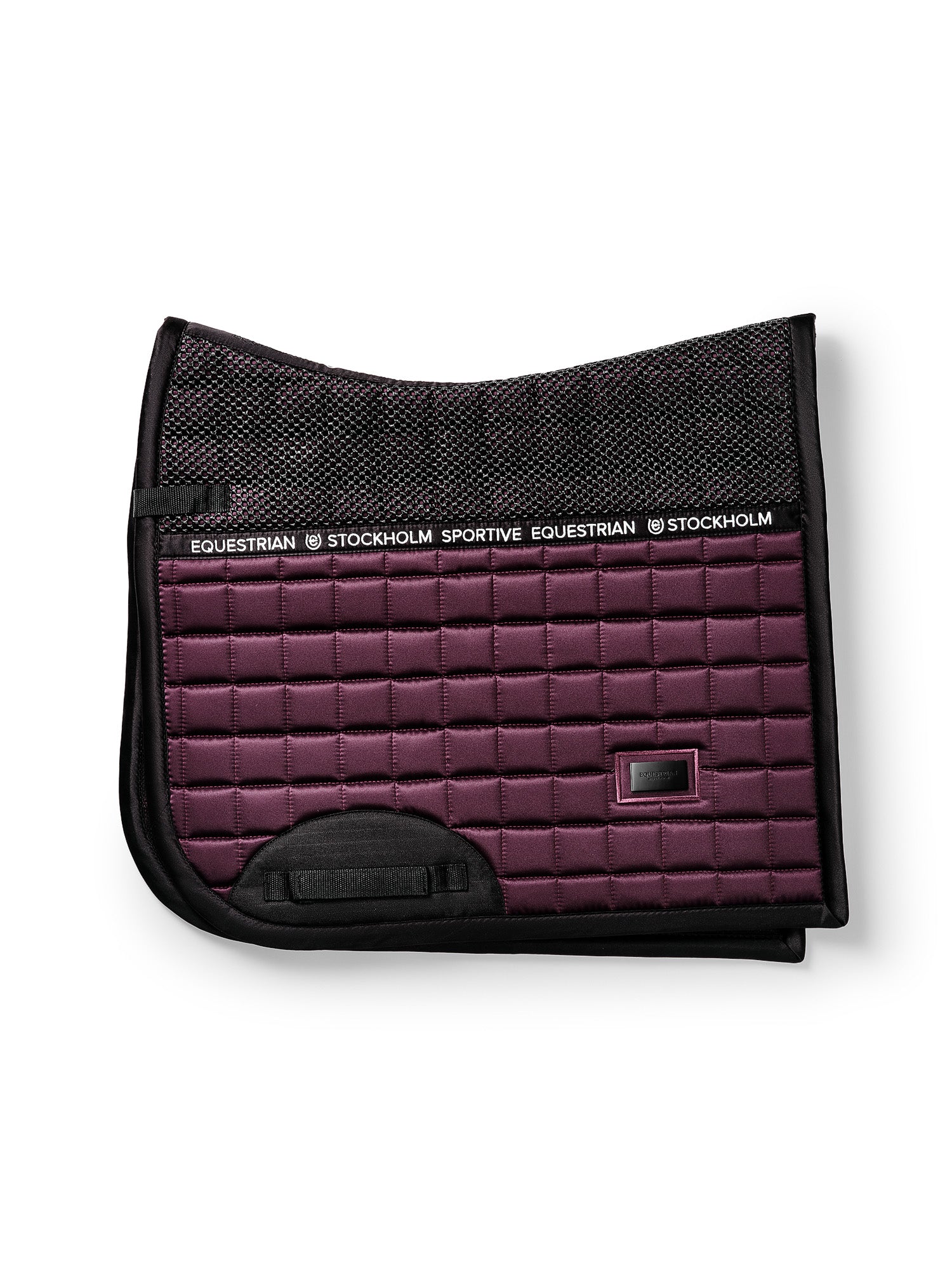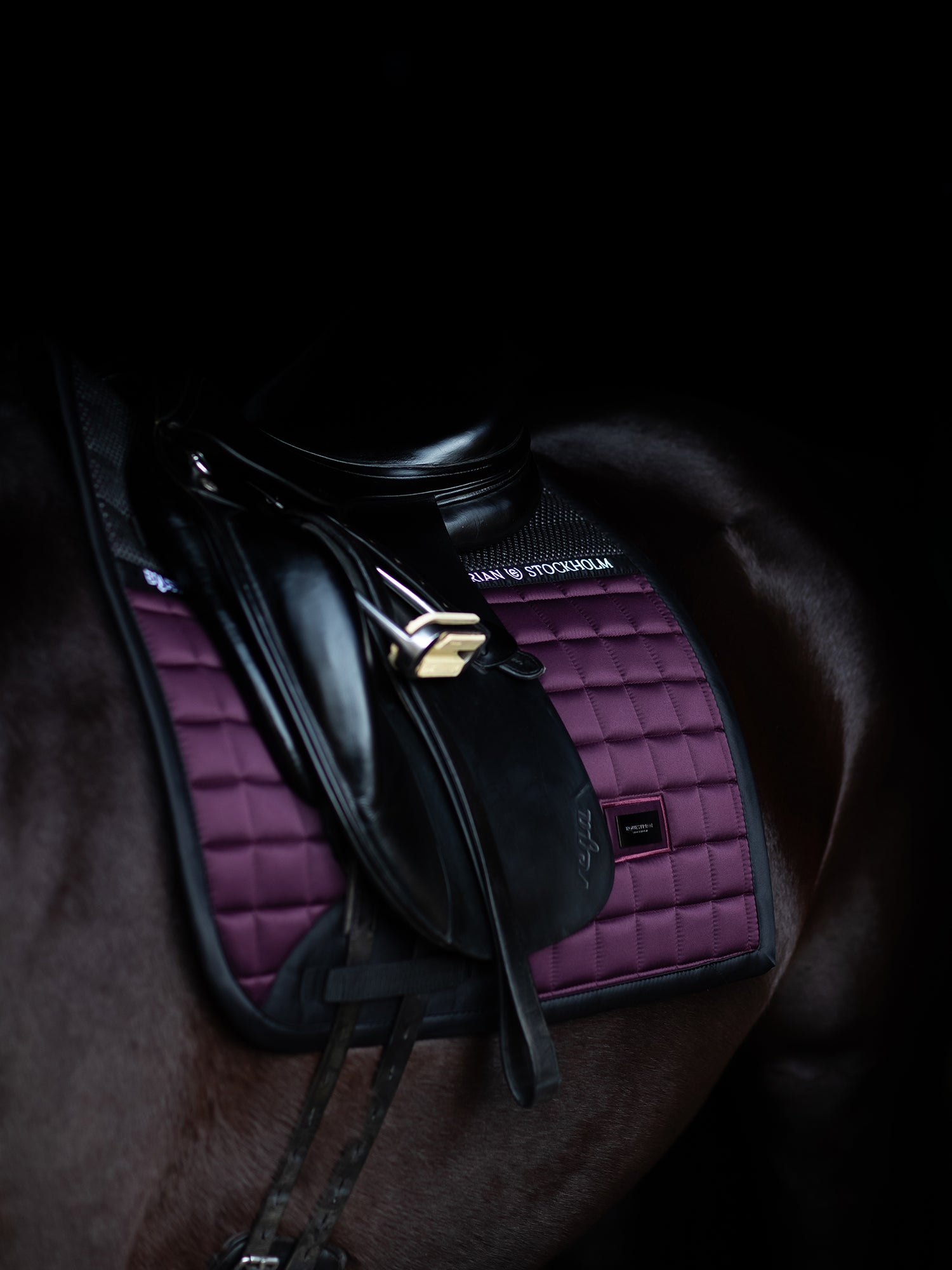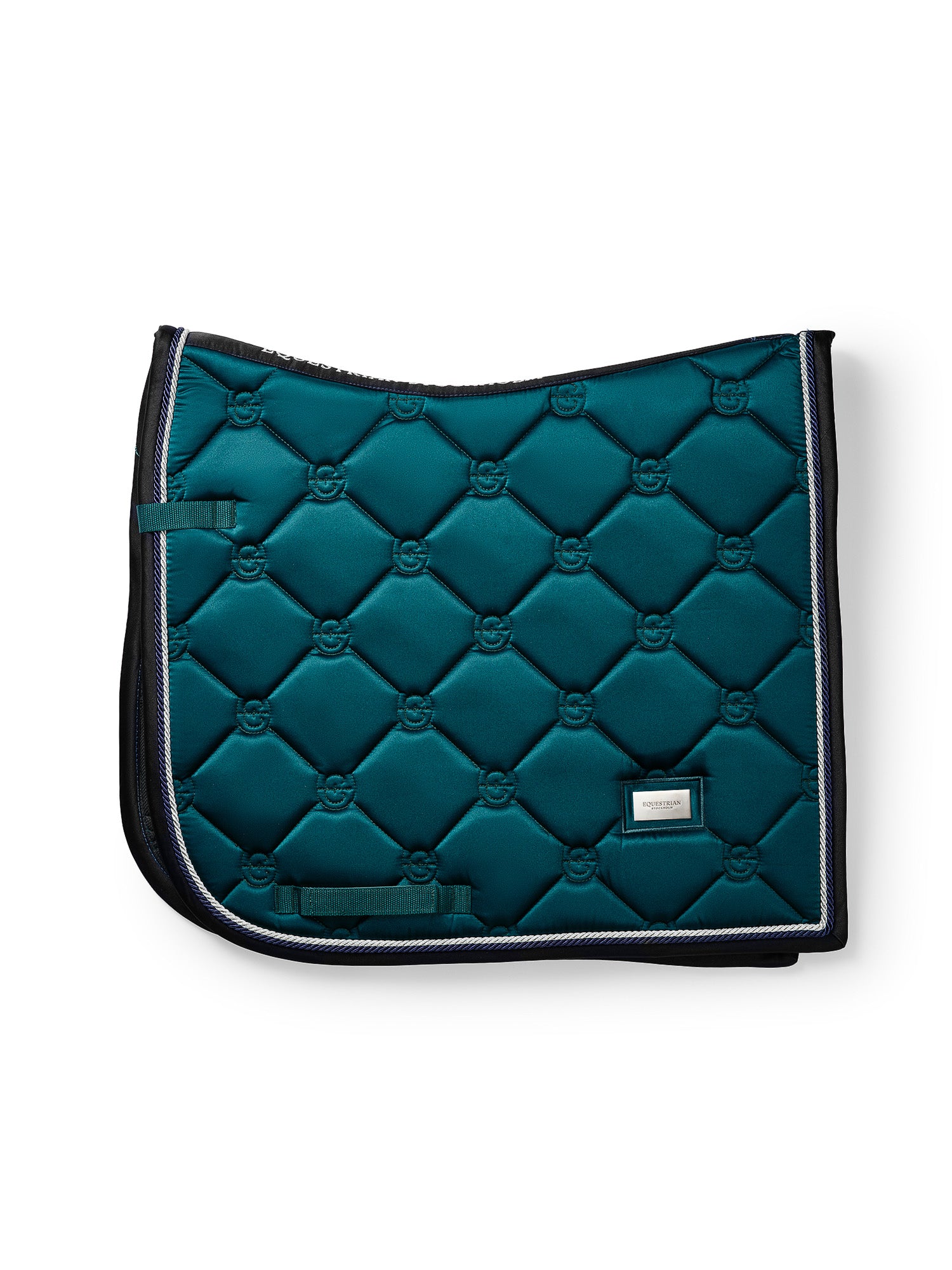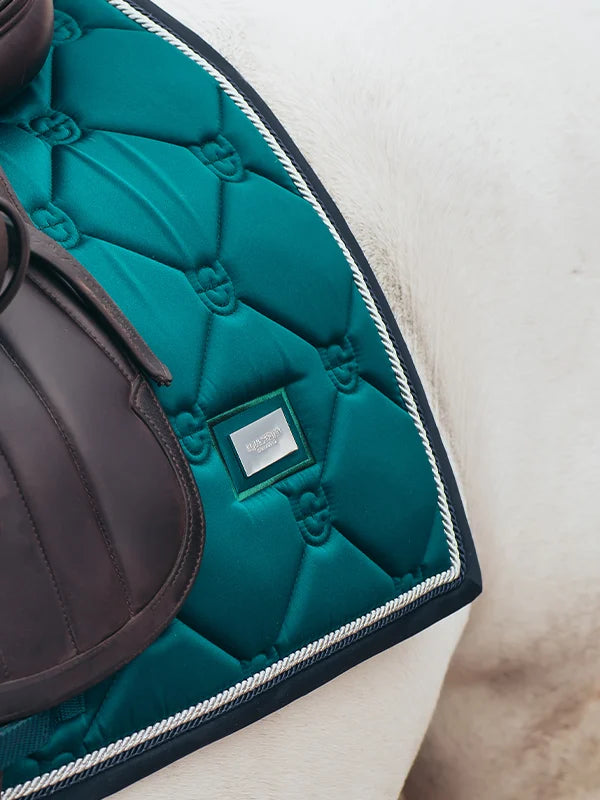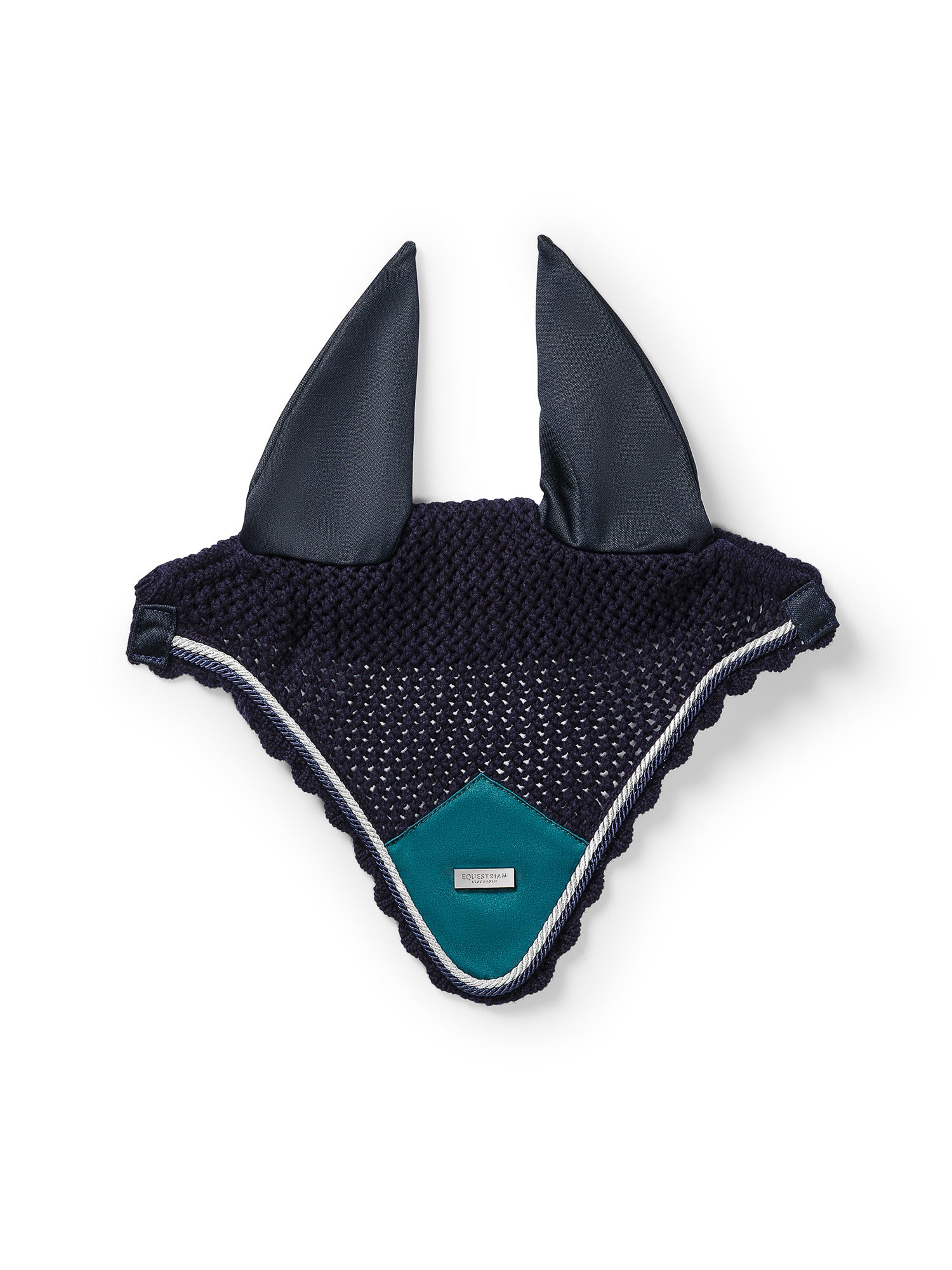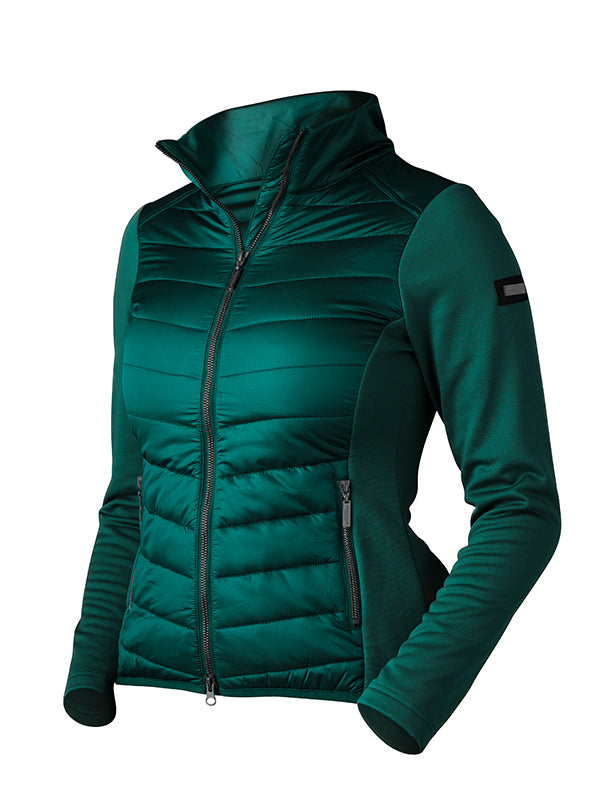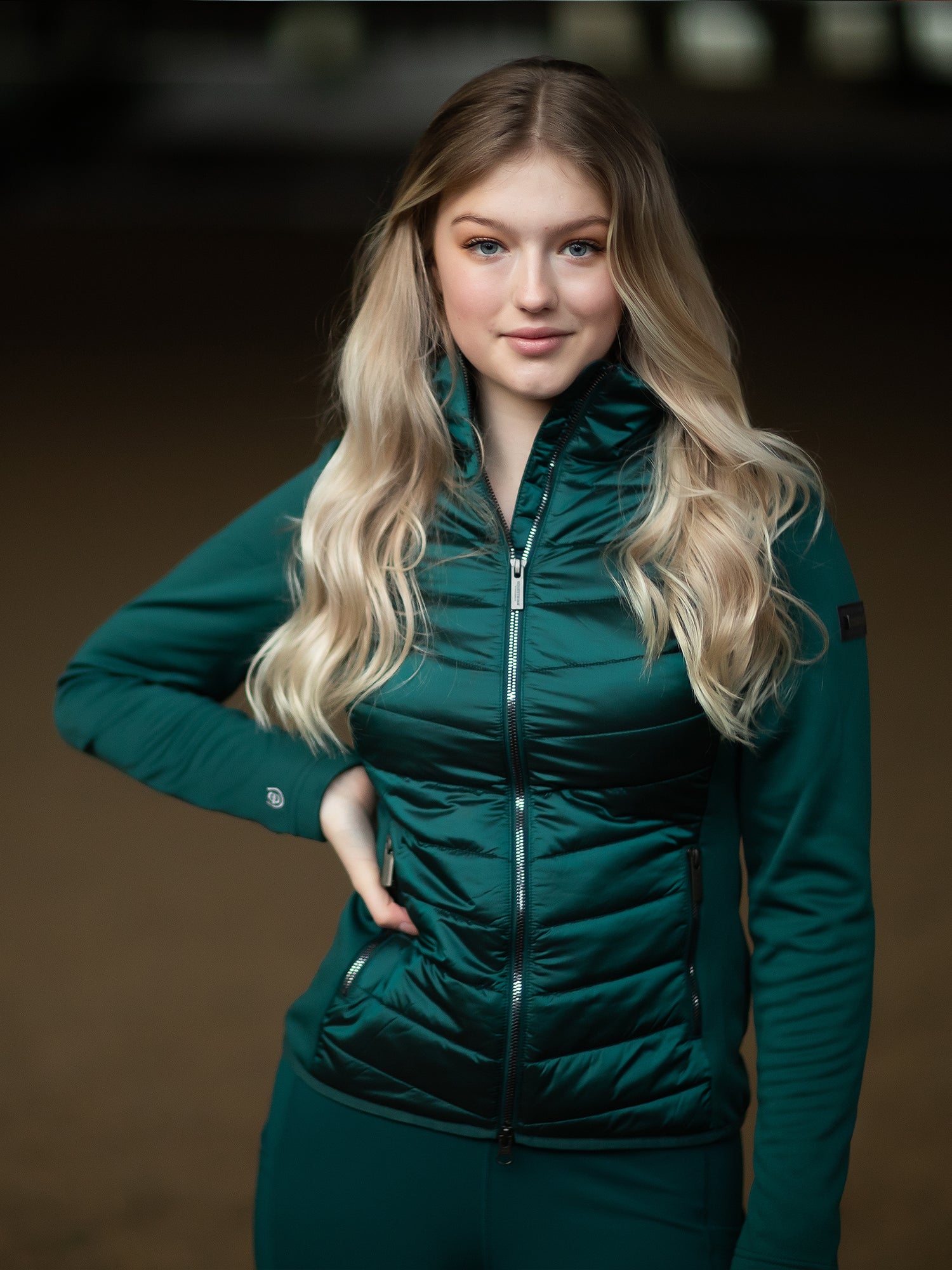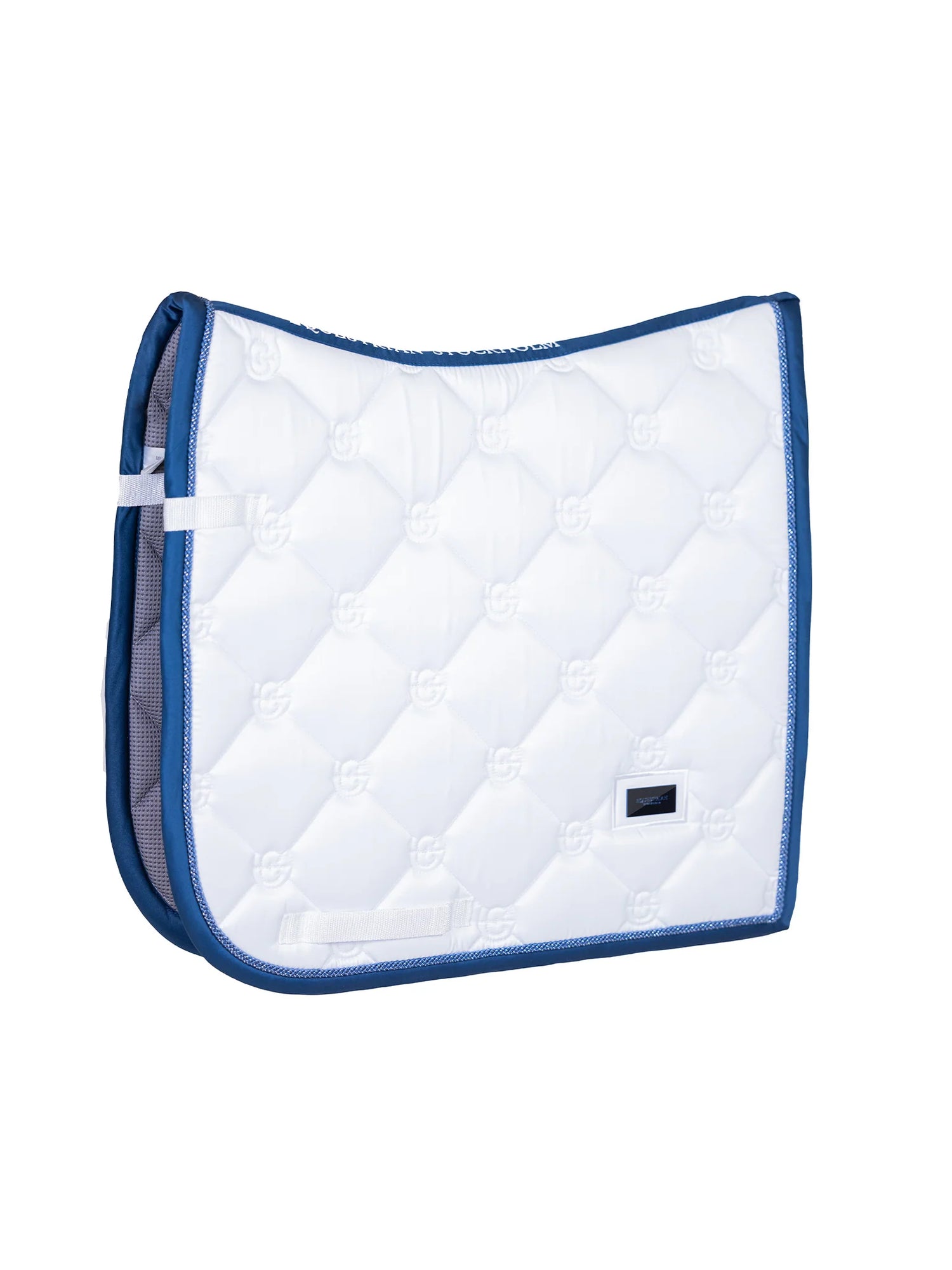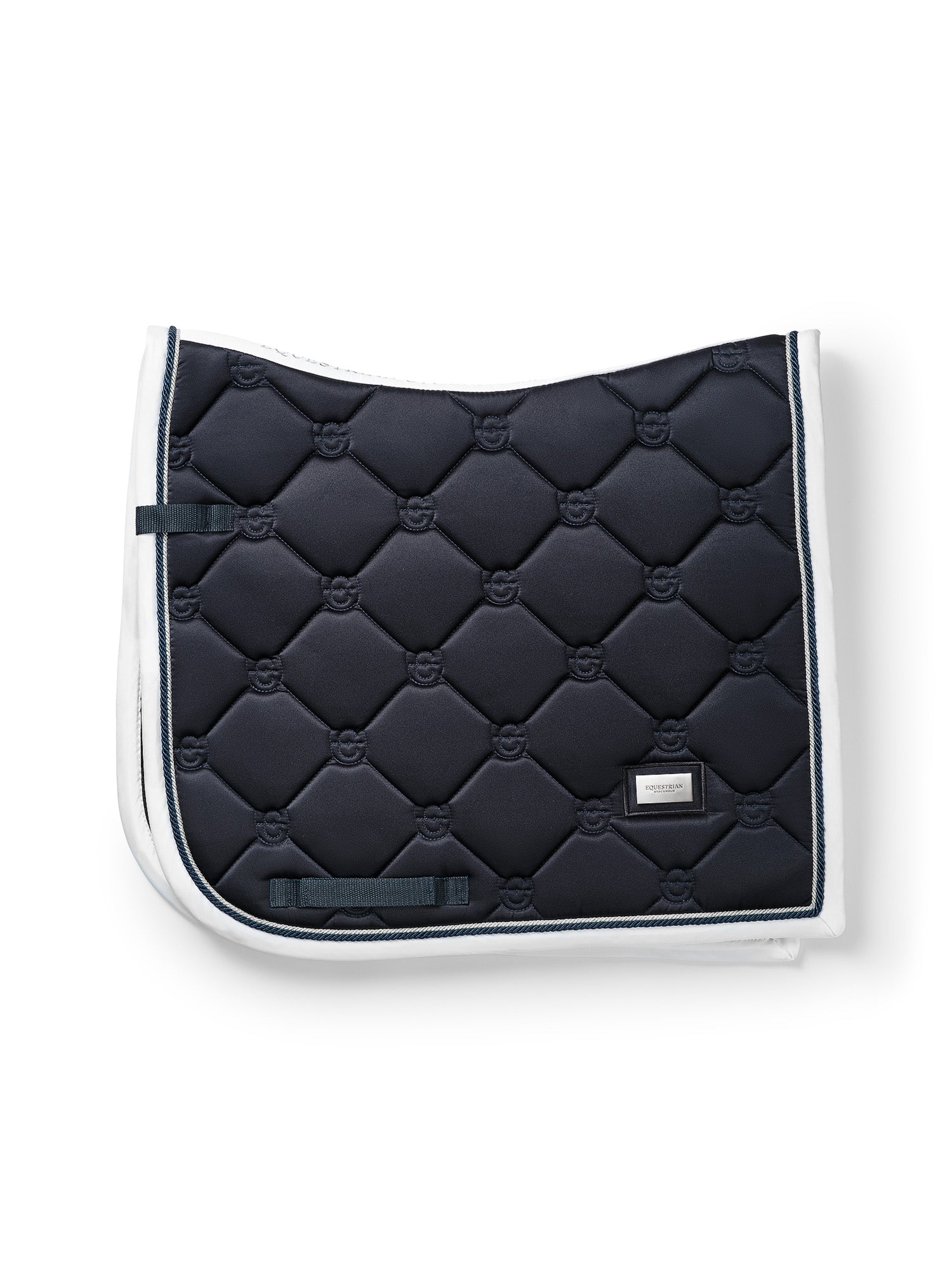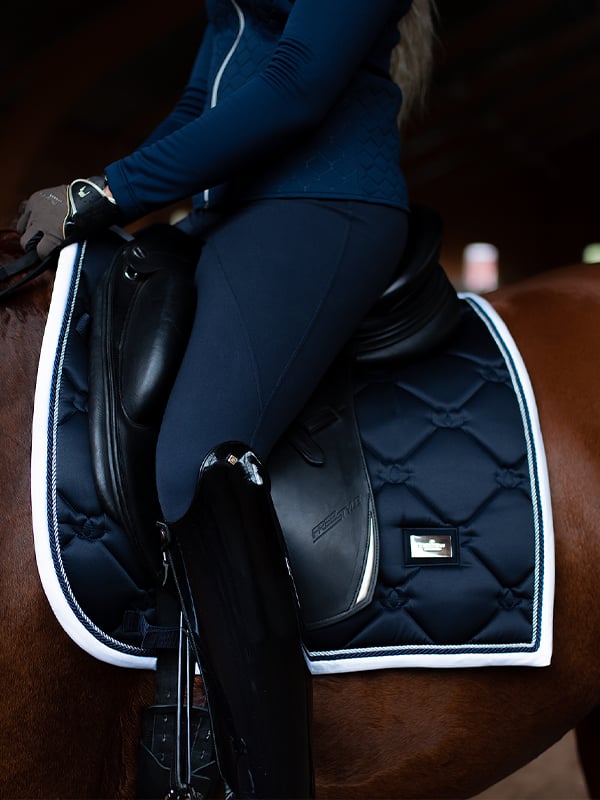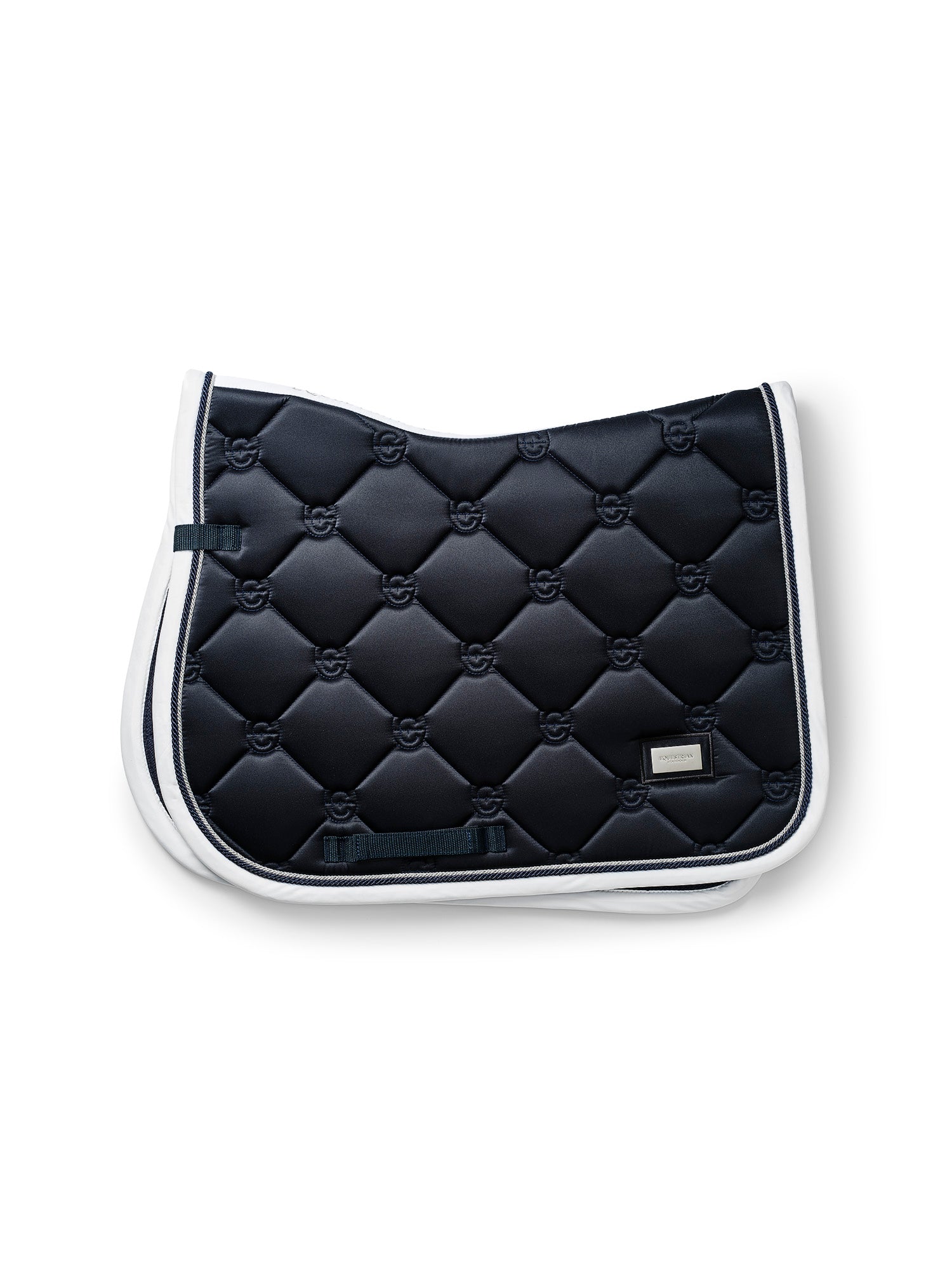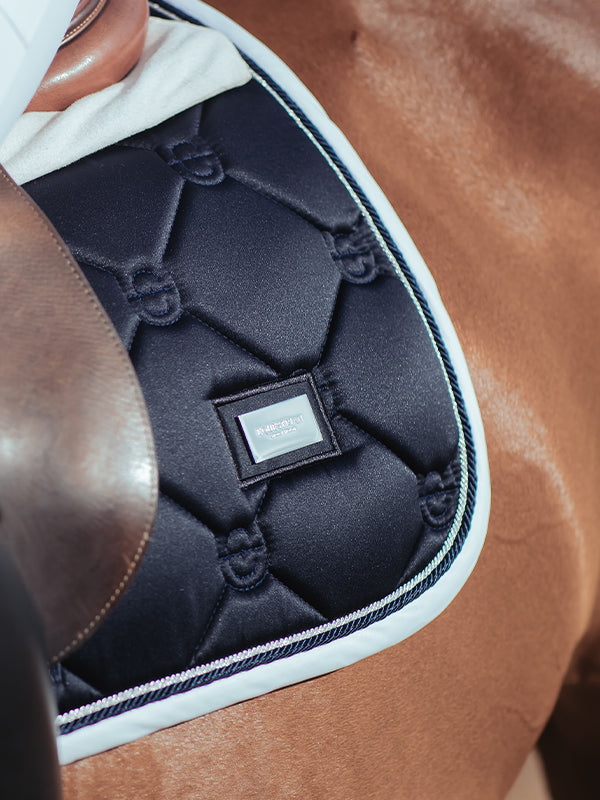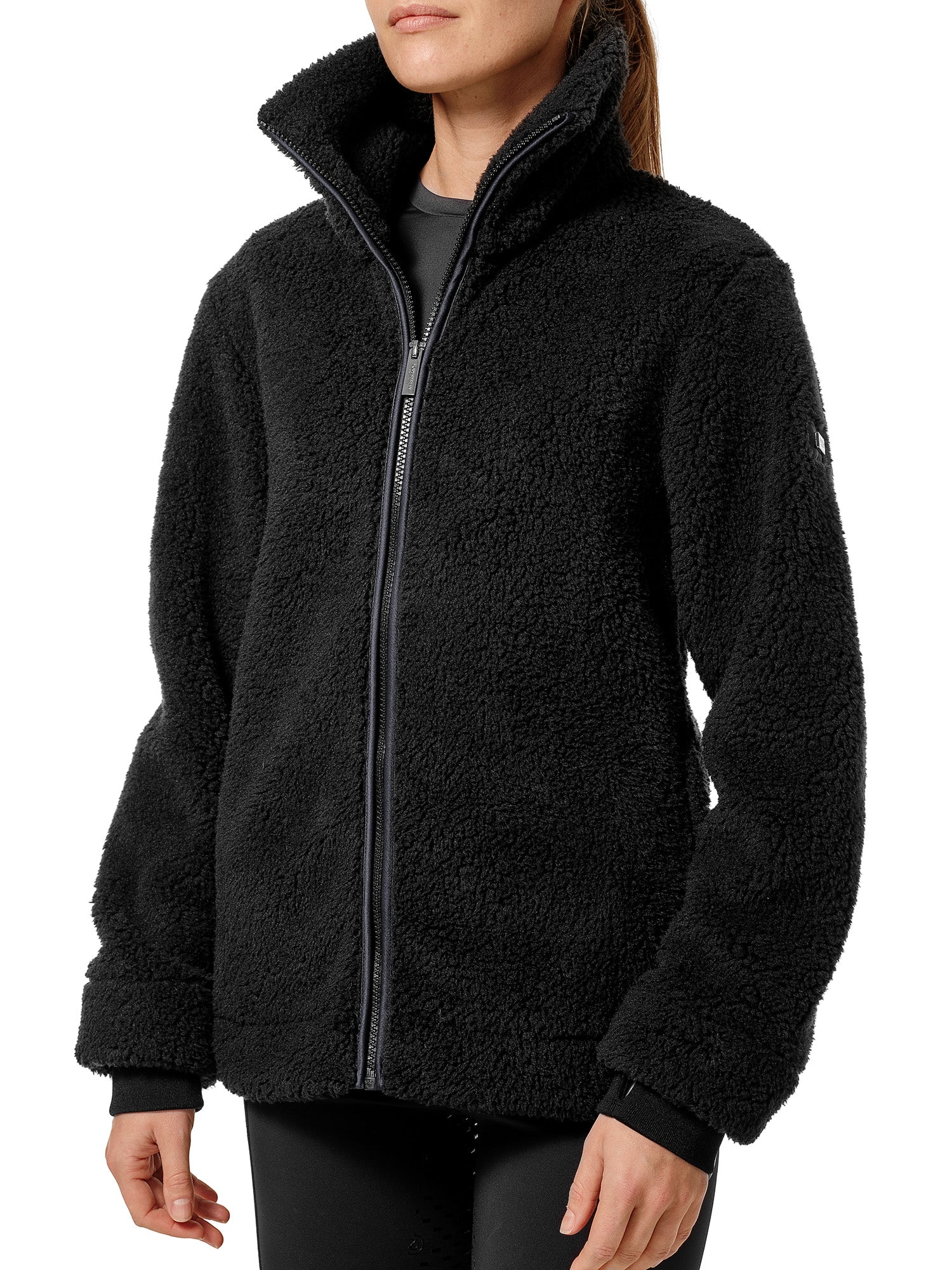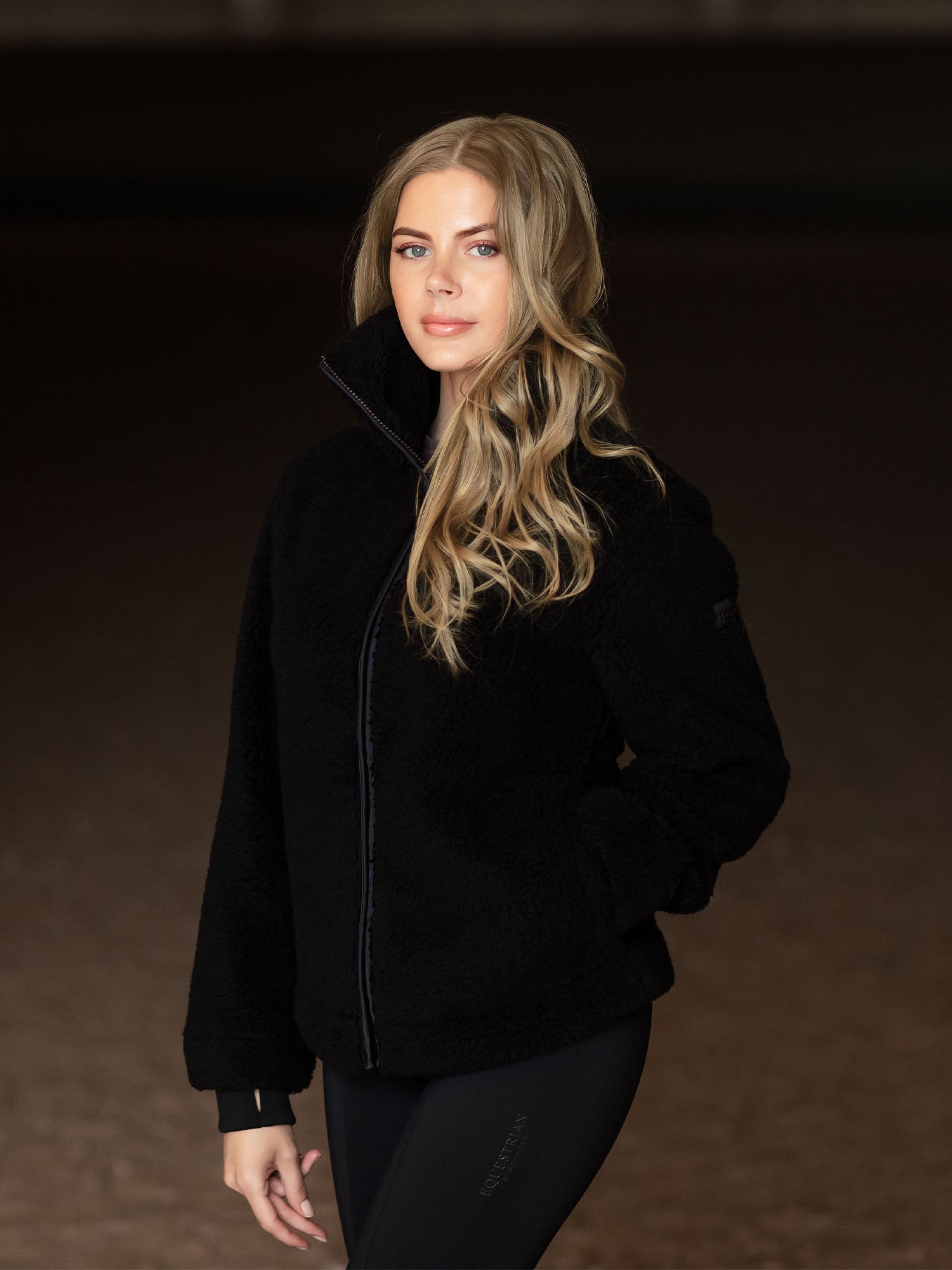Ride for Nature
How we work to reduce our impact on nature
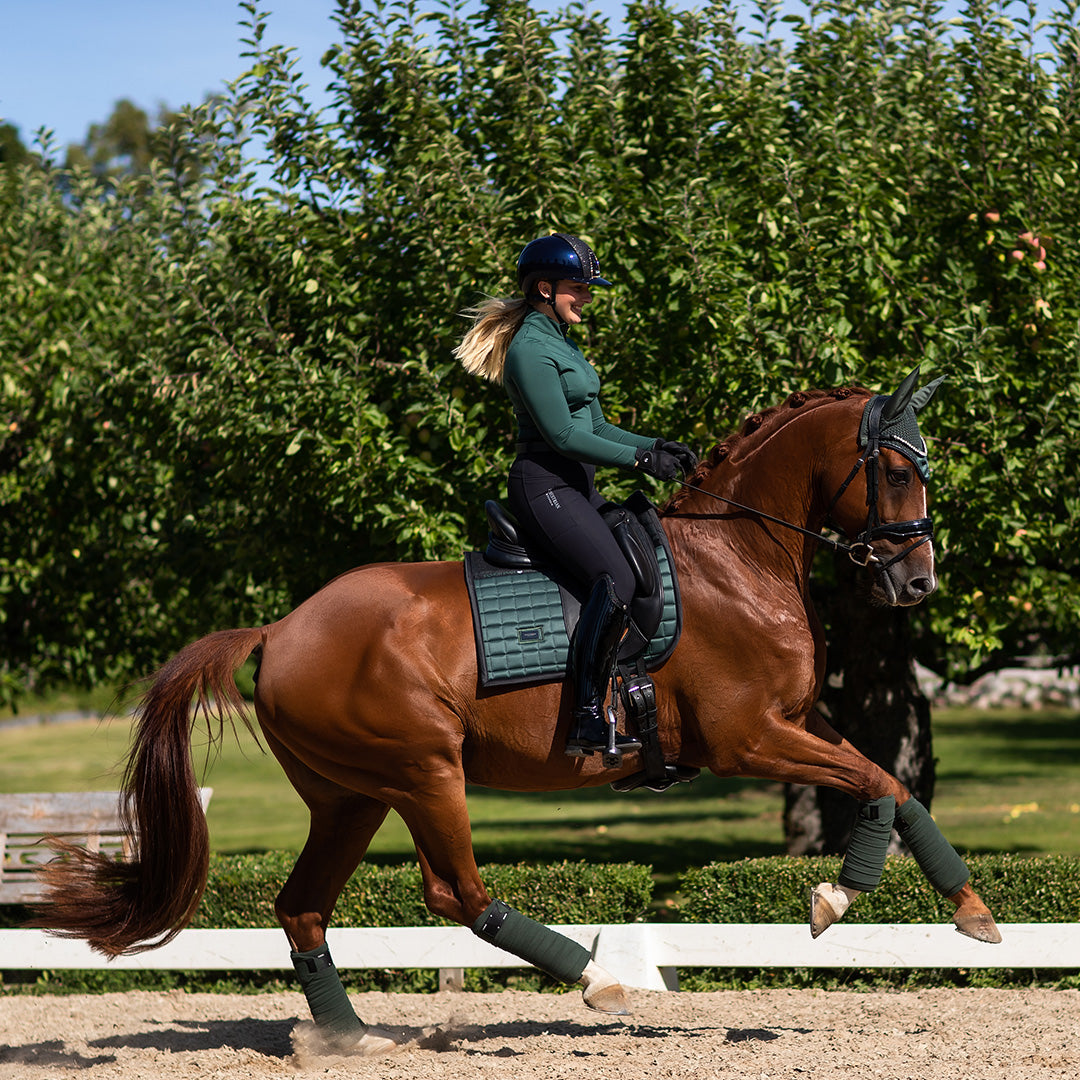
Nature: our source of inspiration
The hashtag #Ridefornature symbolizes one of our missions and is based on the notion that horses and nature go hand in hand. Our collections and our values are based on our passion for horses and the beautiful colors, shapes and phenomena found in nature.
Therefore, environmental thinking and sustainability are natural parts of our strategy. We are constantly trying to find new ways to improve and minimize our impact on the environment both locally and globally.
Sustainability and Approach
For us at Equestrian Stockholm, sustainability means more than just different materials; we consider the entirety. Sustainability, in our view, doesn’t stop at the product level but extends throughout the entire lifecycle of the product, our approach, logistics and transportation solutions, as well as packaging choices.
We strive to manufacture our products in an environmentally friendly manner, but above all, it is crucial to us that our goods maintain high quality. Equestrian sports entail a tough and demanding environment, and therefore, we aim to offer our customers products that can withstand these conditions in the best possible way. It is incredibly important for us that the products we manufacture can be used for a long time, despite the challenging circumstances.
Our design and production team places great emphasis on evaluating various materials and features without compromising on design. When developing a product, it is always tested for fit, quality, and functionality in a stable environment. We also work closely with carefully selected testers and professional riders to subject the product to real challenges.
We are aware that all production has an impact on the environment. We try our best to reduce our climate footprint as much as possible, and it is an area we will constantly continue to work on. In the text below, you will find the aspects that we consider make a product classified as more sustainable.
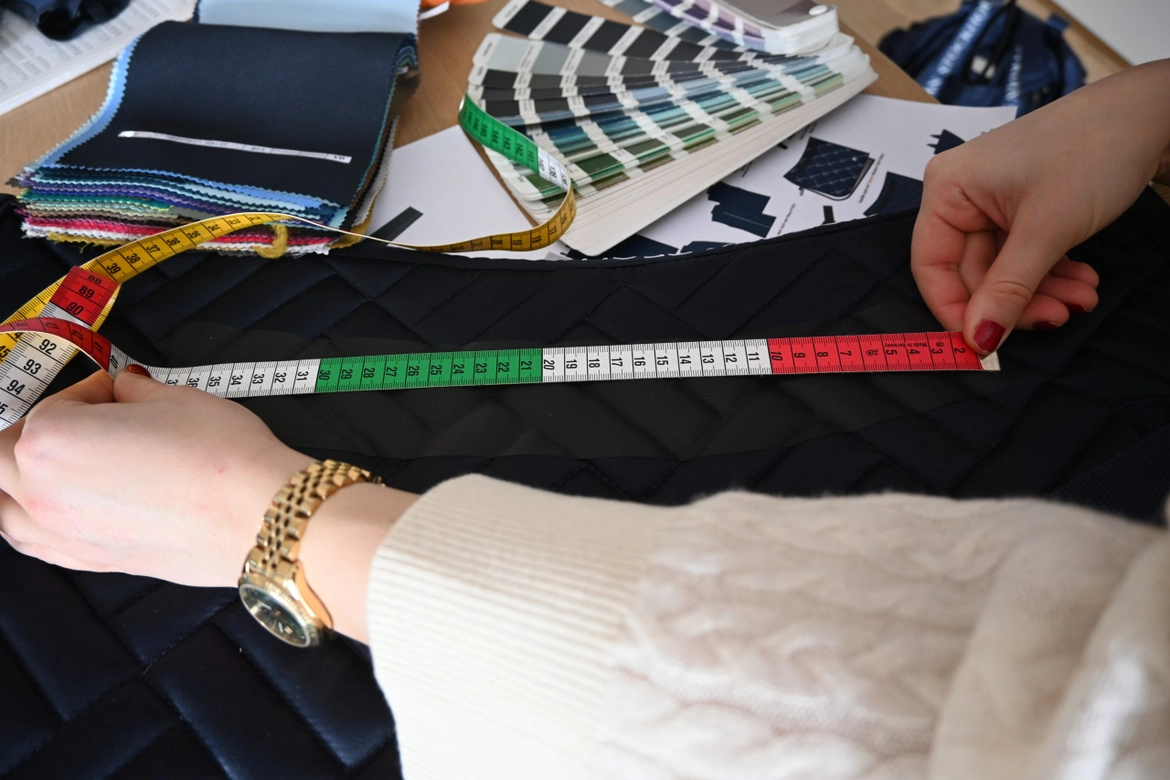
Materials and Labels
We constantly strive to develop new solutions and materials while improving our current qualities. Below, you can read more about the various materials and labels we currently use. Initially, there is a brief introduction to different fibers:
Clothing and textile products can be made from natural fibers and synthetic fibers. Natural fibers are derived from the plant kingdom (such as cotton) or the animal kingdom (such as wool). Synthetic fibers are man-made, created chemically, primarily from oil (such as Polyester). Regenerated fibers are a variant of synthetic fiber made from natural materials, usually from wood pulp (such as viscose or lyocell).
Material made with Coffee Beans – S.Café®
Through innovative technology, our producers have been able to utilize residues from one of the world’s most beloved beverages – coffee. Instead of discarding leftover coffee grounds, they are harnessed and woven into the garment’s yarn. The coffee grounds undergo an energy-efficient process of low temperature and high pressure, integrating them into the yarn’s surface. This linkage provides the material with three to four effective functions: odor control, fast drying, UV protection, and for nylon-based materials, the Ice Cool Touch function.
Odor control means unwanted odors are absorbed and reduced to a greater extent than in a cotton or polyester garment, potentially reducing the need for frequent washing. The fast-drying effect means moisture is moved from the skin to the garment’s outer layer, shortening the drying process, and the wearer feels drier and fresher for longer. The third aspect is that the garment gains natural UV protection due to the coffee grounds’ numerous microscopic pores, forming a protective surface that reflects UV rays. Perfect for enjoying an outdoor ride in the summer sun! The final function, Ice Cool Touch, is present in products with S.Café ICE-CAFÉ, making the fibers dissipate heat, and the wearer feels 1-2 degrees cooler during their workout.
Cotton
Cotton is a natural material that has been widely used for a long time in history. Cotton is known for its durable character, providing a long lifespan. The material also offers a soft and comfortable feel and has high absorbency. By using recycled cotton, we make use of surplus garments and fabrics, considering it a good alternative to organic cotton to conserve water resources and the extensive area required for new material cultivation. We strive to replace all our cotton with recycled cotton.
Bamboo
Bamboo provides a soft, cooling fabric that is naturally antibacterial. The material breathes well, has the ability to conceal unwanted odors, and also has heat-regulating properties. This means that in warm conditions, it helps keep the material dry and cool, and in chilly conditions, it insulates against the cold, providing a warming sensation. From an environmental cultivation perspective, it is naturally better than many other materials as it grows rapidly, requires no pesticides or artificial irrigation, and thrives in nutrient-poor soil. It also requires less water than cotton cultivation.
Polyester
Polyester is a durable material with a very broad spectrum of use. The fiber transports moisture well, retains heat, and also maintains its shape, features that all suit various physical activities such as riding. We primarily use recycled polyester, mainly from PET bottles, and aim to replace all our polyester with the recycled version. Through recycled polyester, we can reduce environmental impact because the use of crude oil is reduced, and greenhouse gas emissions are decreased.
Viscose
Viscose is a soft material made from cellulose extracted from trees. The material breathes well, holds color well, and has a nice drape. We largely use recycled viscose, meaning the large amounts of chemicals and water required in the production of the material are not needed again.
Polyamide/Nylon
Polyamide (also called Nylon) is a durable, quick-drying, and elastic synthetic fiber that retains its shape well without wrinkling and has a long lifespan. The material is suitable for outdoor and sportswear. Polyamide is designed to absorb moisture but not retain it, making it suitable for products in the active wear category and for functional outerwear.
Wool
Wool is a natural material with many excellent properties. Thanks to the crimped fiber, it traps a lot of air, contributing to good insulation. It also has good moisture-wicking properties, keeping you dry and warm even in damp conditions. Wool works very well even during the warmer months, as the material adapts, making you feel cooler and less confined.
Wool also has a natural ability not to attract unpleasant odors like many other materials. This function works thanks to the substance Keratin found in wool, which works by breaking down bacteria from the skin. Wool also contains the fat Lanolin, providing a natural dirt-repellent ability, and often, just airing wool products is sufficient to make them feel fresh again. We work with recycled wool because we consider it a more environmentally friendly alternative. We strive to replace all wool with recycled wool.
Fleece
Fleece is a synthetic lightweight material with qualities such as softness, warmth, and good breathability. The material is also easy to wash and has good stretchability. However, note that the material is heat-sensitive and should not be tumble-dried. The fleece we use is made of polyester. We predominantly use recycled polyester and aim for all our fleece to be made from recycled material.
High IQ cool Comfort
Our classic saddle pads are treated with a feature called “High IQ cool comfort.” This function provides lasting moisture management for quick-drying fabric that keeps the horse cool and dry. Typically, synthetic fabrics block the process that transports moisture away from the skin, through the fabric, resulting in a damp and uncomfortable feeling for the horse. Thanks to our lining being treated with High IQ Cool Comfort technology, moisture is transported, allowing your horse to feel cooler, drier, and fresher for an extended period. This, in turn, enables fewer washes and reduced consumption of energy, water, and detergent.
Recycled material
We strive to use as much material as possible from recycled sources, resulting in less environmental impact as we don’t need to create new material from scratch. The goal is for all polyester and cotton used in our products in the future to be produced from recycled sources.”
Packaging
Our e-commerce bags are designed with dual adhesive strips to facilitate potential returns in the same packaging. Currently, the majority of our plastic bags around our products are made from recycled material. Our goal is for all our product packaging in the future to be made from recycled material.
Transportation
The majority of our transports are carried out by boat, and we strive to pack as optimally as possible to reduce the number of transports, thereby minimizing the environmental impact. We are aware that online shopping may result in more returns than shopping in a physical store. To minimize online returns, we have created carefully designed size guides that we hope our customers use if unsure about their size. For further questions regarding size, fit, or similar, our delightful customer service or chat is, of course, available.
Reuse and material care
Our hope and vision are that our work and product development will lead to the products we sell being used for a long time. However, we are aware that life changes, such as outgrowing clothes, changing the horse’s size, or temporarily putting riding on hold. At Equestrian Stockholm, we encourage all our customers to, in such cases, donate or resell products second-hand if they no longer fit or are used.
We hope that you, as a customer, take good care of your products so that they can reach their maximum lifespan and be utilized as much as possible. Often, airing the garment or washing it directly on a potential stain is sufficient, helping us reduce the number of washes, which, in turn, can contribute to saving our environment.
No Fur
At Equestrian Stockholm, we have made an active choice to never use down or fur in our products, and we are proud members of the Fur Free Alliance. Through Sweden’s largest animal rights and animal protection organization, Djurens Rätt, we have joined the ‘Fur-Free list.’ Djurens Rätt is a member of Fur Free Alliance, an international coalition of animal rights and animal protection organizations worldwide. Fur Free Alliance works towards a fur-free trade by raising awareness among the public and clothing companies about the cruelties animals face in the fur industry. This is done through initiatives such as the Fur Free Retailer Program, known as the Fur-Free list in Sweden.
Our decision to join the program means that we have adopted the program’s fur-free policies and signed the international agreement, the Retailer Commitment Against Fur. In the Fur Free Retailer’s program, fur refers to any form of animal skin derived from animals bred or hunted and killed primarily for their fur. The definition includes, but is not limited to, minks, foxes, rabbits, raccoon dogs, martens, chinchillas, prairie dogs, sables, and muskrats.
Code Of Conduct
Equestrian Stockholm has developed a Supplier Code of Conduct with the purpose to ensure that our producers are offering good working conditions to its employees and that no one is denied their basic human rights or suffers harm in any way, as well as to ensure environmental standards and ethical business practices.
We base our requirements on internationally agreed standards such as the Universal Declaration of Human Rights, The UN Convention on the Rights of the Child and applicable ILO Conventions, as well as national legislation.
The areas covered are:
- Legal requirements
- Rights of employees
- Health and safety
- Environment
- Data privacy
- Business ethics and anti-corruption

How do we test our products?
We have a carefully chosen group of riders who are involved in the process of developing new products. The products are tested for approx. 6-12 months depending on the product and the area of use. The products must be approved in the following areas:
- Quality
- Function
- Fit
- Design
